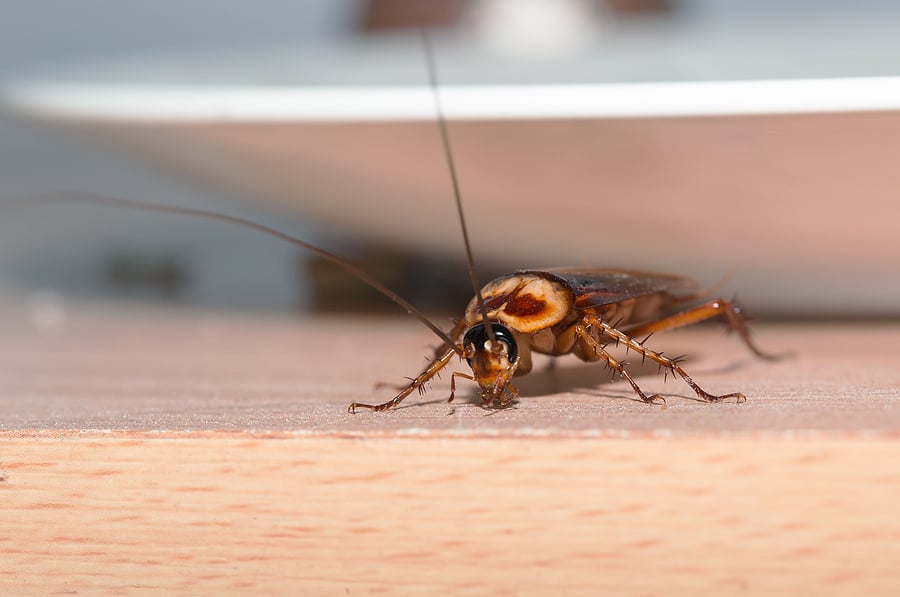If you’ve grown up in the southeastern United States, you’ve probably heard someone use the term “palmetto bug” to describe what looks like a cockroach. But have you wondered where the term came from and what type of bug it actually is?
A palmetto bug is actually just a cockroach! The “palmetto bug” is a regional term used to describe various species of cockroaches. Palmetto bugs got their name because they were often found living in and around palmetto trees. While there is NO difference between a palmetto bug and a roach, it is important to identify the roach species being referred to as a palmetto.
American Cockroach
The American cockroach is often referred to as a palmetto bug. The largest cockroach in the U.S., these bugs are reddish-brown with a shield-like structure that covers their head. They are considered the fastest running insects, as they will quickly scamper out of sight when someone enters the room. These pests are most active during warm, summer days, although they can still survive in lower temperatures, especially if they make their way inside. The most common places these insects are found are basements, woodpiles, attics, and crawlspaces.
Smokybrown Cockroach
Another roach referred to as a palmetto bug is the smokybrown cockroach. These roaches are dark cherry or red in color with a long body length of around 1.5 inches. Preferring areas of high humidity, these insects will find shelter in neighborhoods with mature hardwood trees to protect them from the wind. These cockroaches are active at night and will often be found in warm habitats such as tree holes, under mulch, in sheds and more.
Finding these pests in your home can be quite alarming. Implementing cockroach prevention measures such as fixing leaks, sealing off entry points, and keeping kitchen and bathrooms clean will help keep these pests out. If this happens despite your best efforts at prevention, consider contacting a professional pest control company that can help identify your pest, locate points of entry, and provide a prevention plan for your property to help keep roaches out.

